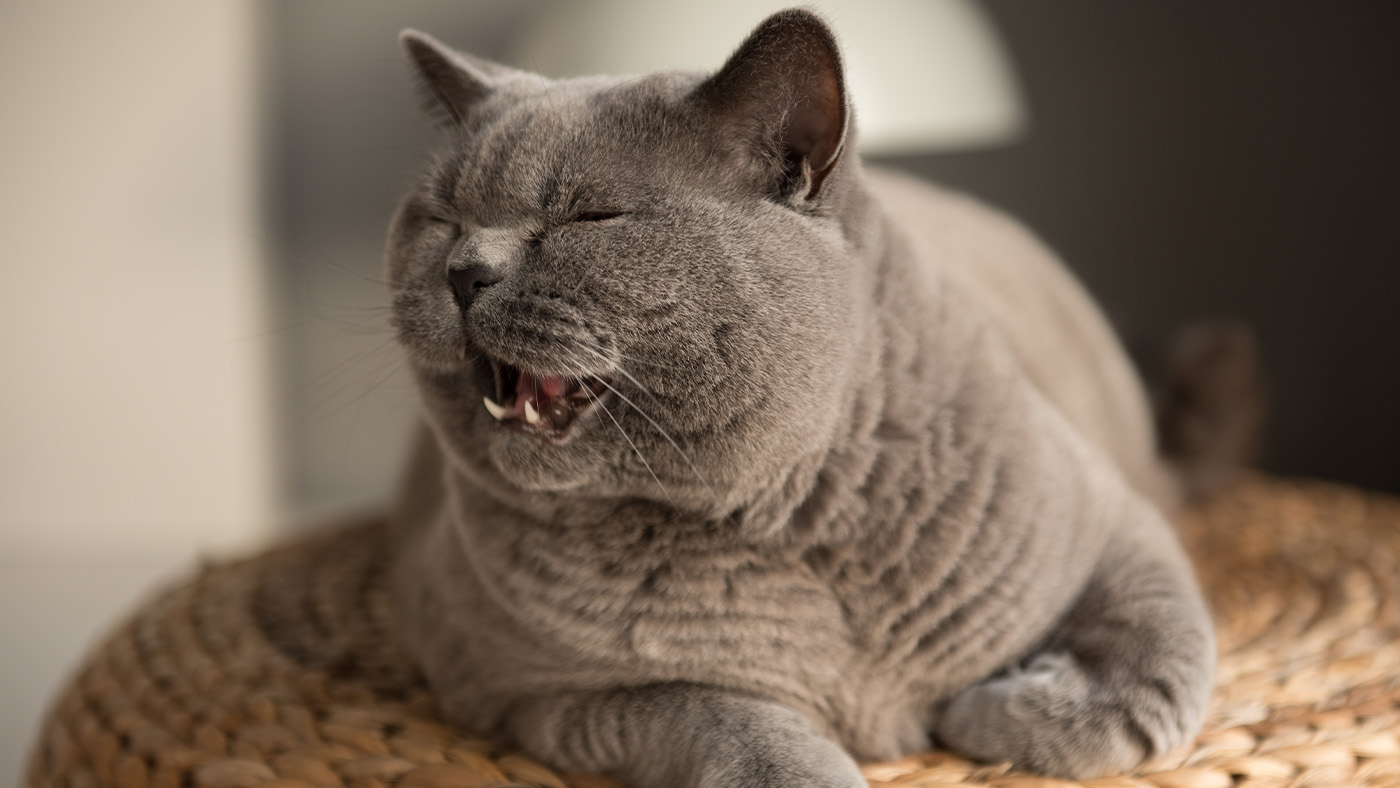Scientists have discovered a gene that could influence how much cats purr and meow
Your noisy cat has probably just been born that way!

Is there anything better than hearing your cat purr while they’re on the couch next to you, or hearing their meow when you walk through the door?
Of course, some cat breeds make more noise than others, as do some individuals, and science might just have the answer to why cat communication can vary.
Scientists at Kyoto University’s Wildlife Research Center have found that it might be down to a gene. In a study, they looked at the androgen receptor gene in 280 spayed or neutered mixed-breed cats, comparing the DNA they found to behavior reports from cat parents, and then looked at how the gene appears in other species of cat.
As it turns out, cats who have a shorter version of the gene are more likely to purr and meow – and this is true for male cats in particular. Interestingly, female cats with the shorter gene show more aggression toward strangers, too.
Lead author Yume Okamoto, a doctoral student, said of the research: “When we called for participants, we were moved to receive responses from 265 cat owners from across Japan in just a single day, and received kind messages. This reminded us of the strong public interest in cat research.”
The scientists acknowledged that many of the cats taking part in the study were rescued strays, which could go some way to explaining their propensity for meowing. Purebred cats, on the other hand, are more likely to have the longer version of the gene, and less meowing in turn.
The shorter gene was also found in two wild cat species related closely to domestic cats: the leopard cat and the fishing cat. However, the longer gene was found only in some house cats. The findings suggest that domestication and selective breeding have influenced how cats communicate with people over the generations, and the researchers hope to bring other wild cat species into their research at a later stage.
Get the best advice, tips and top tech for your beloved Pets
Okamoto added: “Through our research, we hope to deepen our understanding of cats and contribute to building happier relationships between cats and humans.”
Read next: Why is my cat meowing so much?

Adam is a freelance journalist specialising in pets, music and culture, and mental health and wellbeing. He investigates and writes the large majority of news on PetsRadar, and collaborates with veterinary experts to produce informative pet care content.
Adam has a journalism degree from Southampton Solent University and a masters degree in Magazine Journalism from Cardiff University. He was previously senior editor at dog advice website DogTime.com, and has also written for The Independent, GoodToKnow and Healthline.
He owns two rescue cats, Bunny and Dougie, and has also previously had a rabbit, fish and Roborovski dwarf hamsters.
